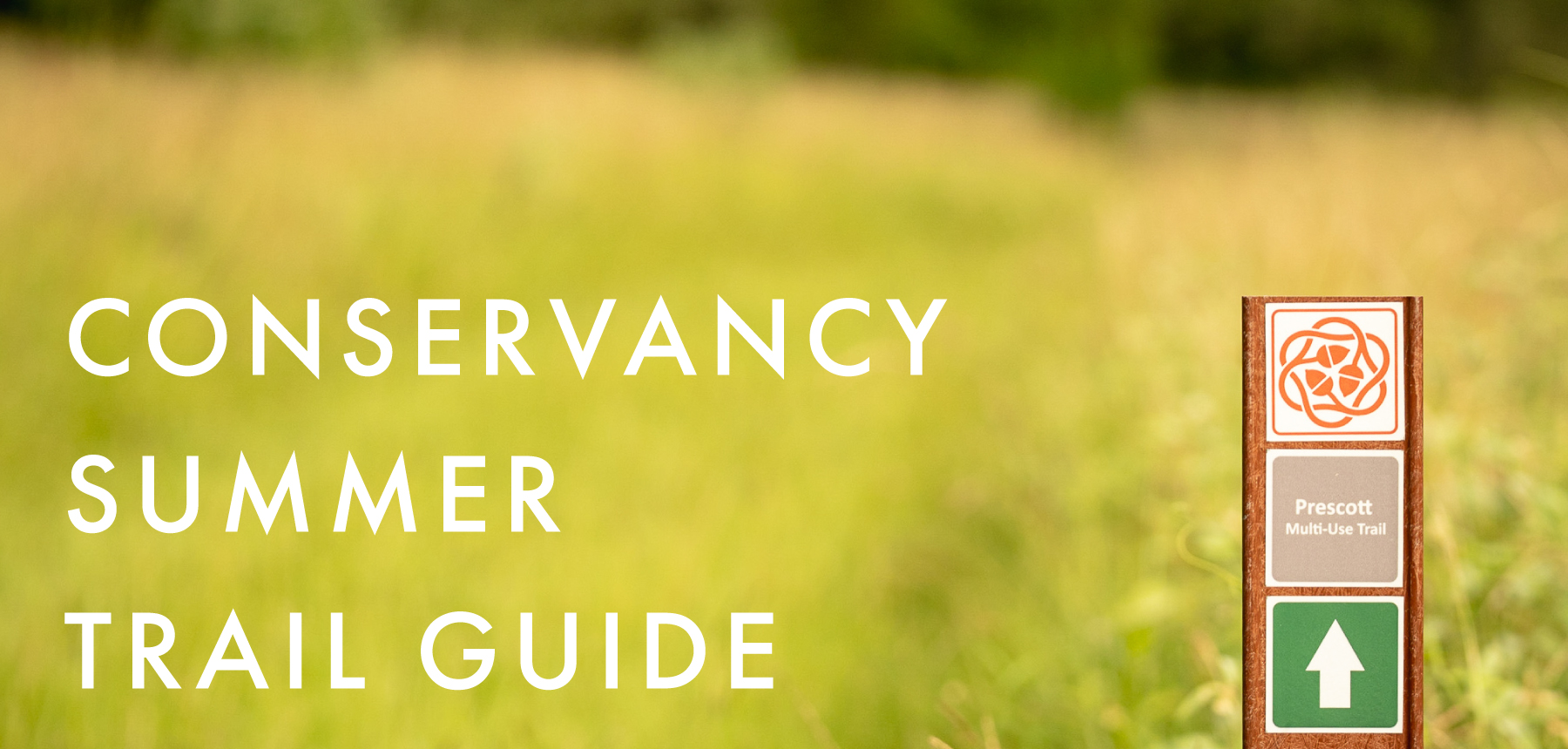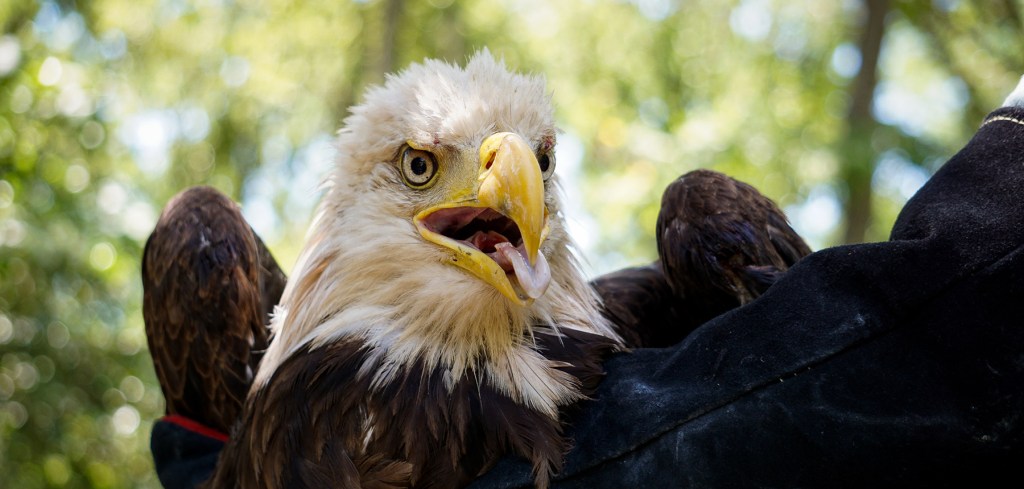
Prescott Trail Guide: Summer Edition
Get your trailpass and explore prescott trail this summer!
Prescott Trail is one of our favorite and most frequented trails at Millican Reserve. Here are a few of our favorite views from the trail as well as native flora and fauna you can see this summer.
Prescott Trail is a 2.26-mile, easy hike that’s mostly flat, offering scenic lake views (see map below).

Views From Prescott Trail
Wildlife to Keep an Eye out for
All of the lovely creatures pictured here were identified on property within the past month or during the previous summer. This Red Eared slider was seen crossing the road in front of the Grove. Cardinals and other songbirds often flutter between the Grove and Boathouse, while Great Blue Herons, and other waterfowl can be spotted along the shores of our many ponds and Prescott Lake. Emerald Flower Scarabs, Common Pill Woodlouses (roly-polies), and other insects can be spotted along our trails- some crawling on the ground and others scrambling upon the flora!
Dragonflies that will catch your eyes
Dragonflies are buzzing around the reserve this summer! Pause for a minute on your next hike along the shores of Prescott lake, or one of our many ponds, to see a colorful array of these insects hovering near the surface.
Fun Flora and Fauna Facts!
There’s a lot to see along Prescott Trail. Here are some fun facts about a few of the different flora, fauna, and other things that may catch your eye.

HORSEMINT (Monarda Punctata)
FUN FACT: This flower was used for tea after the Boston Tea Party.
Horsemint’s small yellow flowers with maroon spots are much less visible than the distinctive pale pink leaves that surround them. It is very tolerant of drought, allowing it to thrive here in Texas.

MACARTNEY ROSE (Rosa bracteata)
FUN FACT: It is an invasive species native to China.
This flower has thin broad white petals with a yellow center. They were first brought to Texas with the purpose of hedging, livestock containment, and erosion control. Since their introduction, they have competed with native Texas plants and even pushed some species into endangerment.

RACOON TRACKS
FUN FACT: President Calvin Coolidge had a pet racoon in the White House named Rebecca
Aside from their masks and striped tails, a racoon’s front paws are one of their most distinctive features. Their separated fingers give them extraordinary grasping abilities. Their hands also have an extremely high number of sensory receptors.

WINECUP (Callirhoe involucrata)
FUN FACT: The bulbous roots can be cooked and reportedly taste like sweet potatoes.
Winecup flowers get their name from their deep magenta petals that form a cup shape around a white center, held up by long thin stems. Giving them the features of a glass of red wine. They open their petals in the morning and close them again at night, making them easier to identify during the day.

COMMON PILL WOODLOUSE
FUN FACT: They are not actually insects, they are crustaceans, so they are closer to shrimp than insects.
These tiny creatures have many nicknames, including pill bugs, rolly-pollies, and armadillo bugs. They have segmented bodies with 14 legs and antennas that help them navigate their environment. When threatened, they roll into a ball for protection.

HALLOWEEN PENNANT (Celithemis eponina)
FUN FACT: Their common name is inspired by the classic Halloween colors on their wings.
These dragonflies have distinctive yellow/orange and black/brown banded wings. They thrive with moisture and inhabit areas with a body of water. This genus of dragonfly likes to perch on top of tall plants, allowing them to wave in the breeze like a pennant.

An injured eagle was found on property this spring! Read about his story here.

LICHEN (Mycophycophyta)
FUN FACT: Because lichen get their nutrients from the air, they can be used by scientists to assess air quality.
Lichen is formed from the interaction of algae and fungi. The color of the lichen is dependent on the type of algae that formed it. Lichen can grow on rocks, trees, and other immobile objects.

EMERALD FLOWER SCARAB
FUN FACT: Scarab beetles were sacred in ancient Egypt. They laid their eggs in dung balls, so when they hatched, they seemed to emerge out of nowhere, just like the Egyptian god of the rising sun.
These beetles are usually an iridescent green, but can also be copper colored or blue. At roughly half an inch in size, they’re one of the smallest beetle species.

CEDAR ELM (Ulmus crassifolia)
FUN FACT: It is one of only two trees native to the United States that seeds and bears fruit in the fall.
This native deciduous tree is the smallest species of the elm family. Although its common name has “cedar” in it, it is not related at all to cedar trees. Instead, it gets its name because it is frequently found growing amongst junipers.

TEXAS STAR (Sabatia campestris)
FUN FACT: Although it is native to south central United States, it has been naturalized in the New England region.
There are 5 pink petals that are radially symmetrical, meaning several lines of symmetry can be drawn. The leaves of the plant are simple with no teeth or lobes.

HEDGE PARSLEY (Torilis arvensis)
FUN FACT: While introduced manually, hedge parsley is able to coexist peacefully with local flora.
These white flowers have 5 petals and form umbrella like clusters at the tops of hairy stems that rise up to 2 feet from the ground. The burs of this plant can stick to clothing or animal fur, and can be considered a nuisance.

Great Egret (Andrea alba)
FUN FACT: Great Egrets where hunted almost to extinction for their plumes in the late 1800’s.
They fly slowly but forcefully, their cruising speed is near 25 mph with only two wing beats per second. A common but dazzling bird, it can be spotted in many North American wetlands. They hunt by wading or standing still, catching fish with a jab of their bill.

Now you’re ready to hit the trail!
Head out to Millican Reserve, entering at the Farm Entrance on FM 2154, and park at Basecamp (the grass parking lot in front of the Farm). You’ll see the Trailhead marked about 30 yards to the left of the Basecamp kiosk. Take a look at the trail map posted on the kiosk, apply sunscreen and bug spray, grab a water bottle, and you’ll be ready to go. Make sure to keep the lake to your right throughout the hike and follow our trail signs to stay on track! Enjoy!
Don’t have Conservancy Membership or a TrailPass yet? Join here.
















